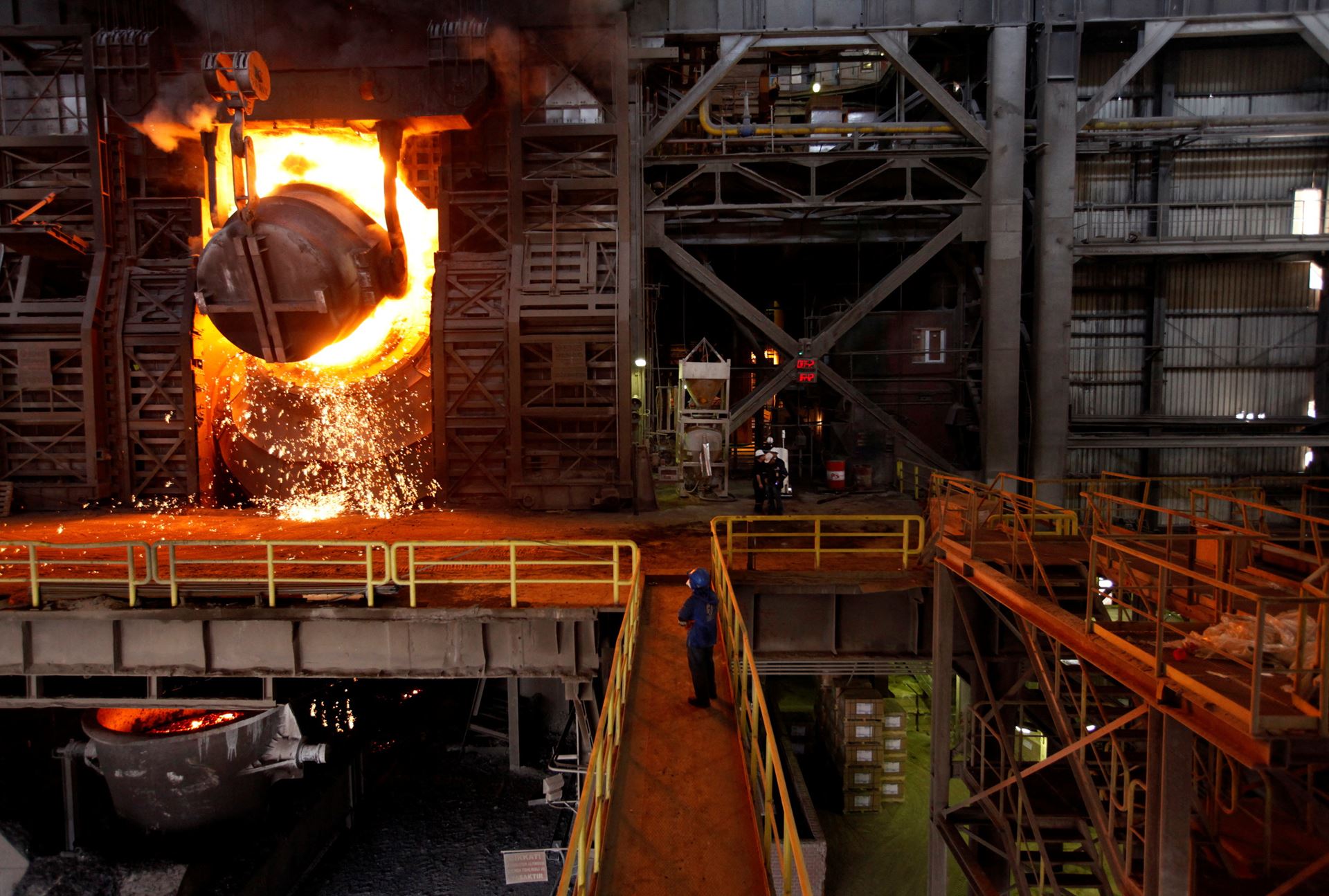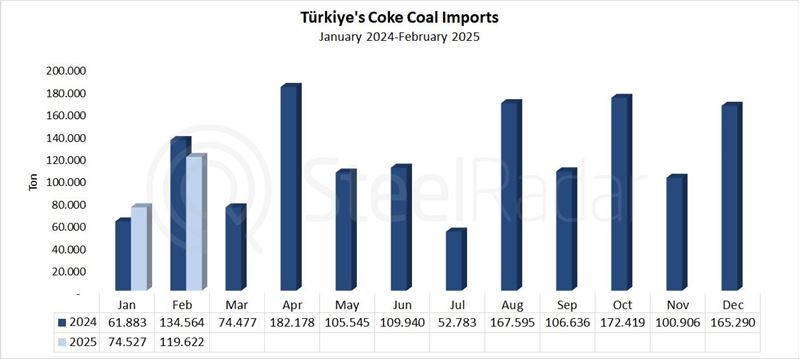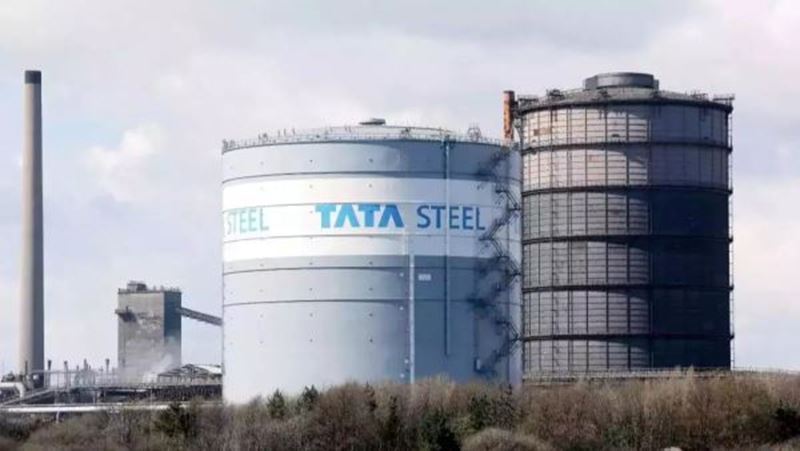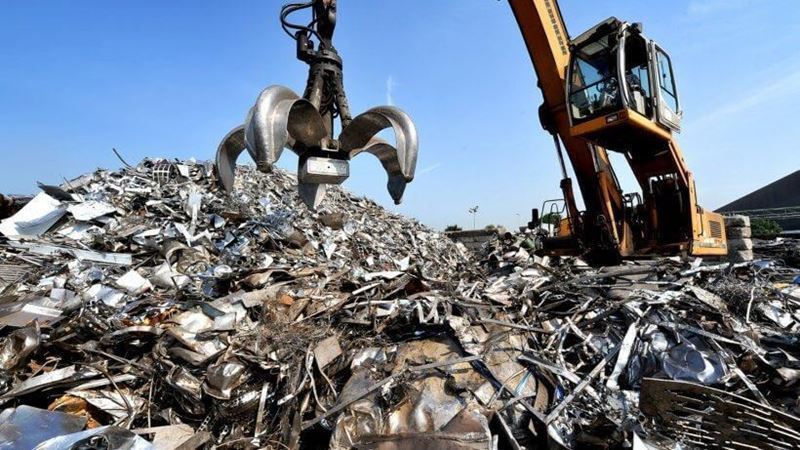India has begun reviewing its National Steel Policy (NSP), which has been in effect for seven years, in response to increasing global pressure to decarbonize the steel industry and the introduction of carbon pricing mechanisms by developed countries, including the EU.
The National Steel Policy primarily aims to increase crude steel production to 300 million tons by 2030. The 143 million tons produced in fiscal 2024 represents a 12.6% increase from the previous year. The policy is designed to increase production capacity to meet growing domestic demand for automotive, electrical, and specialty steels, while also aiming to increase per capita steel consumption to 160 kg by 2030-31.
Amid this policy review, domestic steel producers have raised concerns about the influx of low-cost steel imports from China.
India faces new challenges in maintaining its global competitiveness with policies aimed at reducing carbon emissions, such as the German LESS standard and the European Union’s carbon border adjustment mechanism. To remain competitive, Indian steelmakers need to invest in low-carbon technologies such as electric arc furnaces, hydrogen-based steelmaking, and carbon capture and storage.











Comments
No comment yet.